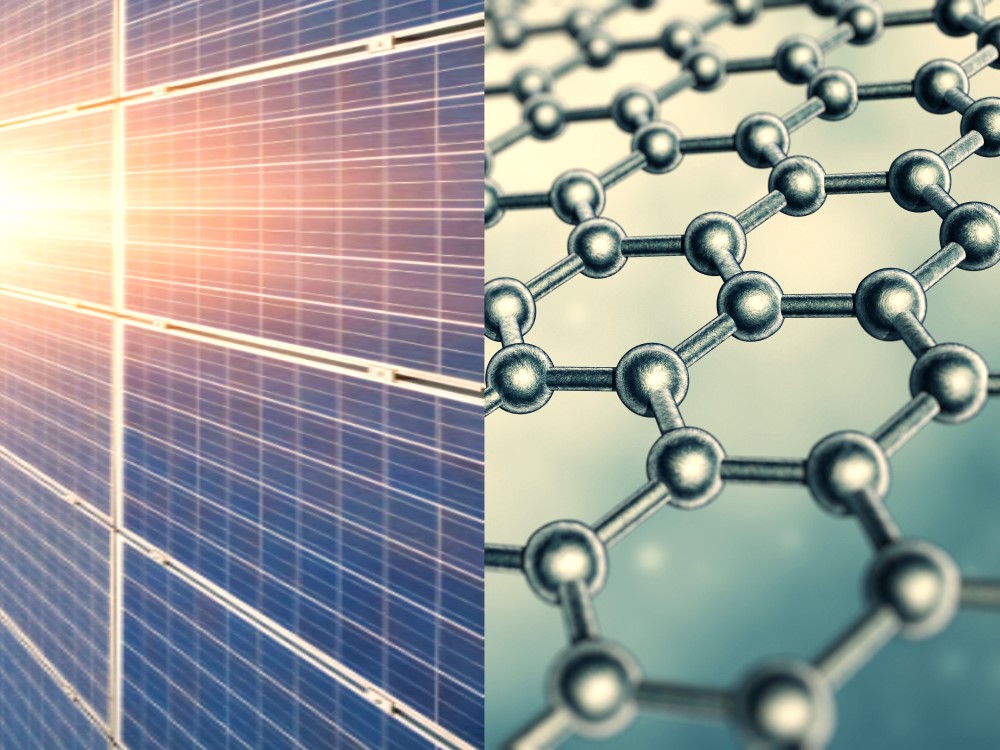
Decoding Photovoltaics: Navigating the World of Solar Energy
Unveiling the Basics of Photovoltaics:
Understanding photovoltaics begins with unraveling its fundamental concepts. Photovoltaics, often shortened to PV, is a technology that converts sunlight into electricity. At its core are solar cells, typically made of semiconductor materials, which harness the sun’s energy through the photovoltaic effect.
The Photovoltaic Effect:
The photovoltaic effect, discovered in the 19th century, is the phenomenon where certain materials generate electric current when exposed to sunlight. Solar cells use this effect to convert sunlight into direct current (DC) electricity. It’s this principle that forms the foundation of photovoltaic technology.
Solar Cells and Modules:
Solar cells are the building blocks of photovoltaic systems. These cells are connected to form solar modules or panels. The most common material used in solar cells is crystalline silicon. Other materials, such as thin-film technologies, are also employed. Understanding the composition and efficiency of solar cells is crucial in grasping photovoltaic technology.
Inverters and Conversion to AC:
While solar cells generate DC electricity, most household and grid applications use alternating current (AC). Inverters play a vital role in this conversion process. They transform the DC electricity produced by solar panels into the AC electricity used in homes and businesses, enabling seamless integration with existing electrical systems.
Net Metering and Grid Connection:
Photovoltaic systems often feature a connection to the electrical grid. Net metering allows excess electricity generated by the solar system to be fed back into the grid, earning credits for the system owner. This interconnectedness promotes energy efficiency and creates a symbiotic relationship between the solar system and the grid.
Factors Influencing Photovoltaic Efficiency:
Several factors influence the efficiency of photovoltaic systems. Sunlight intensity, duration of sunlight exposure, temperature, and the angle and orientation of solar panels all play crucial roles. Optimizing these factors enhances the overall efficiency and performance of a photovoltaic system.
Types of Photovoltaic Systems:
Photovoltaic systems come in various forms to suit different applications. Grid-tied systems are connected to the electrical grid, providing a seamless energy supply. Off-grid systems operate independently, often with the support of battery storage. Understanding these system types aids in selecting the most suitable solution.
Lifecycle and Environmental Considerations:
Evaluating the entire lifecycle of photovoltaic systems is essential. From manufacturing and installation to operation and decommissioning, understanding the environmental impact is crucial. Advances in recycling technologies are addressing concerns related to the disposal of solar panels, making photovoltaics more environmentally friendly.
Financial Aspects and Incentives:
Understanding the financial aspects of photovoltaic systems involves considering upfront costs, potential savings on electricity bills, and available incentives. Many regions offer incentives, tax credits, and rebates to encourage the adoption of solar energy. Analyzing the financial viability ensures a well-informed decision.
Future Trends and Advancements:
The field of photovoltaics is dynamic, witnessing continuous advancements. Emerging technologies, such as tandem solar cells and perovskite materials, show promise in enhancing efficiency. Monitoring these trends provides insights into the evolving landscape of photovoltaic technology.
Empowering Individuals with Photovoltaic Knowledge:
Empowering individuals to understand photovoltaics is key to fostering widespread adoption of solar energy. Educational initiatives, workshops, and accessible information play crucial roles in demystifying photovoltaic technology. As more people comprehend the principles and benefits, the transition to a solar-powered future becomes more achievable.
To delve deeper into the world of photovoltaics and its applications, visit How to Understand Photovoltaics for valuable insights and resources.
